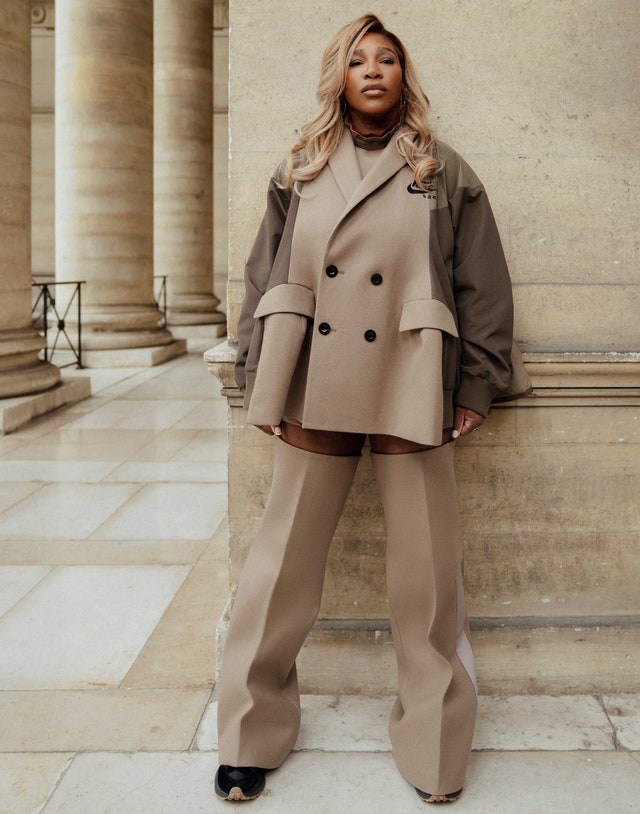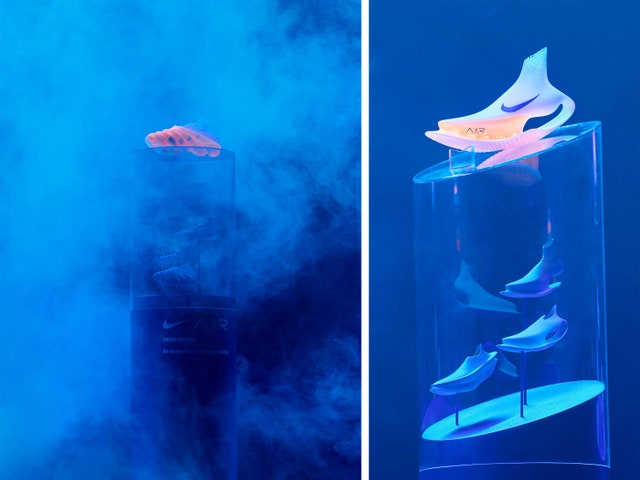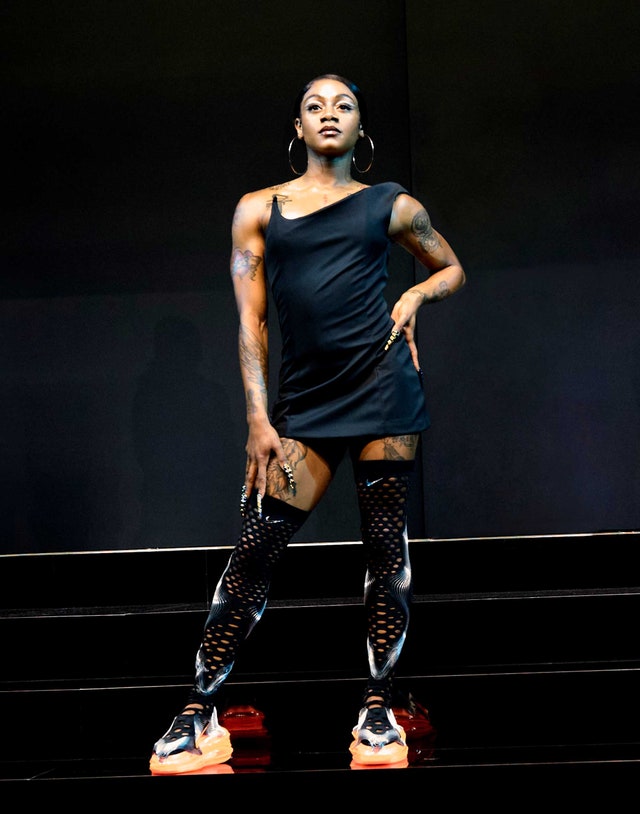The Paris 2024 Olympics, the world’s most prestigious sporting event, has always been a showcase for athleticism, competition, and international unity. However, in recent years, it has also become a platform for high fashion. Olympic fashion history has long been in existence, with labels such as Issey Miyake, Ralph Lauren and Dior previously stepping forward to design the uniform of the National Olympic Committee.
Collaborations between Olympic teams and top fashion designers have brought a new level of style and sophistication to the Games, merging the worlds of sports and fashion in a way that celebrates both athletic prowess and creative expression.

Paris 2024 – The Intersection of Sports and Fashion
The relationship between high fashion and the Olympics is not a new phenomenon, but it has gained significant momentum in the 21st century. Designers like Ralph Lauren, Stella McCartney, and Giorgio Armani have all created collections for their respective countries’ Olympic teams, turning the traditional sportswear aesthetic on its head. These designers have incorporated cutting-edge fabrics, innovative designs, and bold color palettes to create uniforms that not only perform well but also make a statement on the global stage.

The impact of these collaborations extends beyond mere aesthetics. By working with top designers, Olympic teams have been able to leverage fashion to promote their national identities and cultural heritage. For instance, Stella McCartney’s work for Team Great Britain in the 2012 and 2016 Olympics featured modern interpretations of the Union Jack, blending tradition with contemporary design. Meanwhile, Ralph Lauren’s designs for Team USA have often featured classic American elements, such as the preppy style and red, white, and blue colour schemes.

Elevating Performance and Promoting Sustainability
Fashion in the Olympics goes beyond looking good; it also plays a crucial role in enhancing athletic performance. Designers use high-tech materials and innovative tailoring to create garments that are lightweight, breathable, and aerodynamic, providing athletes with the comfort and flexibility they need to excel in their events. For example, Nike and Adidas have collaborated with designers to create Olympic sportswear that reduces drag and increases speed, giving athletes a competitive edge.

In addition to performance enhancement, there has been a growing emphasis on sustainability within these fashion collaborations. Brands like Nike and Adidas have developed eco-friendly uniforms made from recycled materials, such as plastic bottles and ocean waste, showcasing a commitment to sustainability. This approach not only aligns with the increasing environmental awareness among consumers but also promotes a sense of global responsibility, resonating with the Olympic spirit of unity and sustainability.

Fashion’s Role in Olympic Branding and Marketing
Collaborations with top designers have also become an essential part of the branding and marketing strategies for the Olympics. The outfits worn by athletes are broadcasted to millions of viewers worldwide, providing an unparalleled opportunity for designers and brands to gain exposure. This visibility helps to elevate the status of both the athletes and the fashion labels involved, creating a mutually beneficial relationship.

Moreover, these high-fashion collaborations often extend beyond the Olympic Games, with limited edition merchandise collections being sold to the public. These collections, featuring the same designs worn by the athletes, allow fans to engage with their favourite teams and designers tangibly, further blurring the lines between sports fandom and fashion culture. For the Paris 2024 edition of the Olympics however, viewership surged past expectations, but fashion brands largely failed to seize the moment beyond sportswear giants like Nike and official partners like Louis Vuitton and Ralph Lauren.
Photo Credit – Nike, Getty Images.
